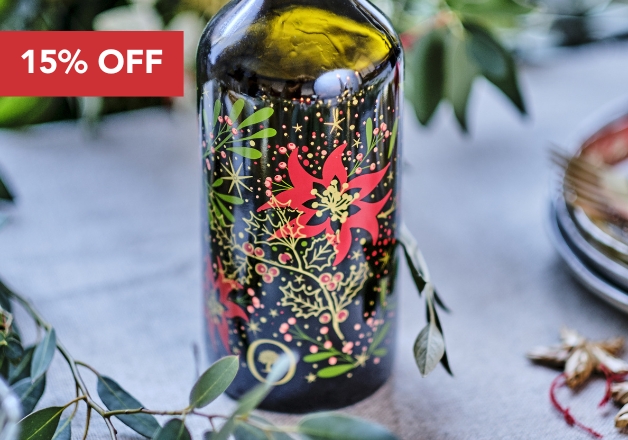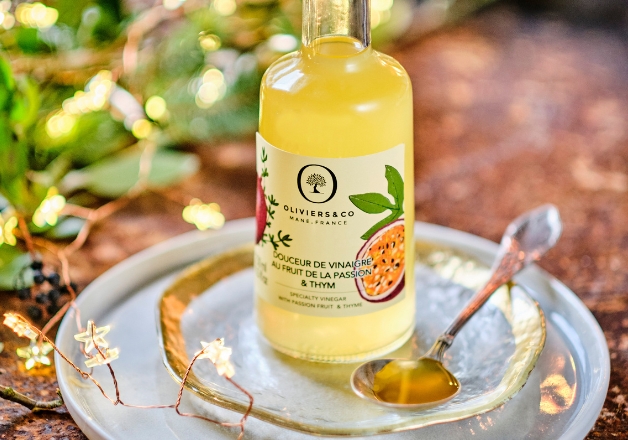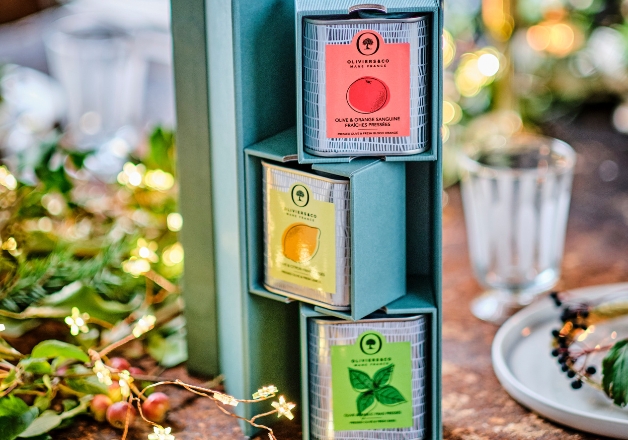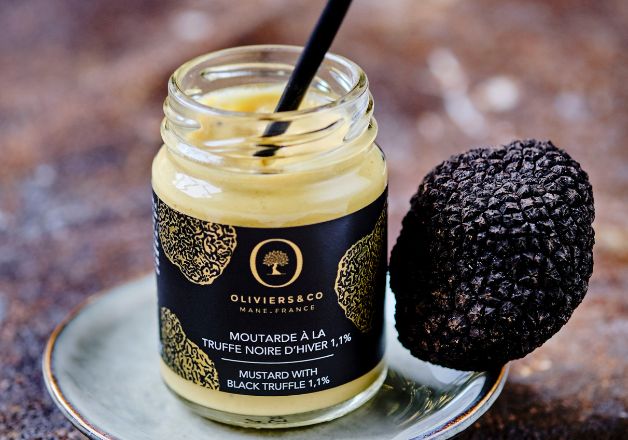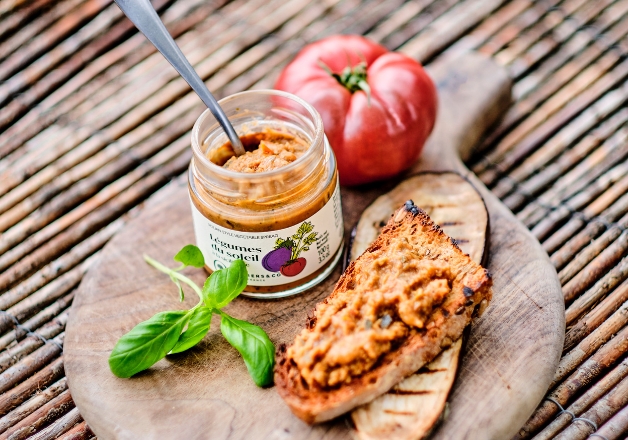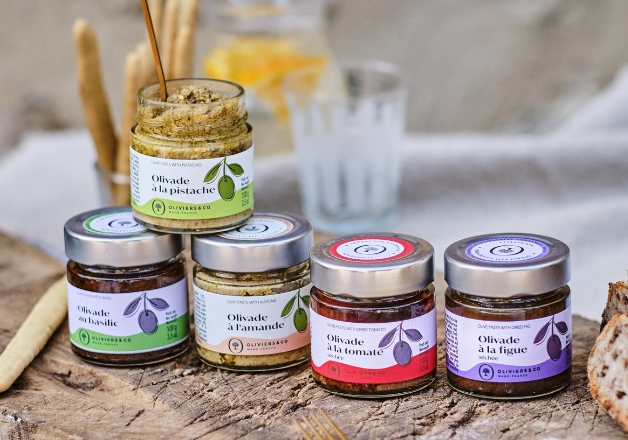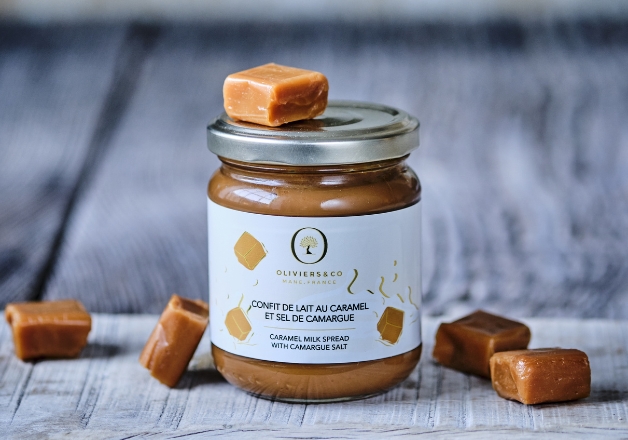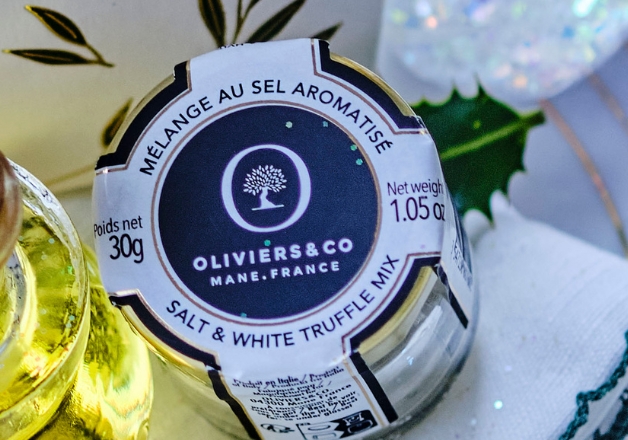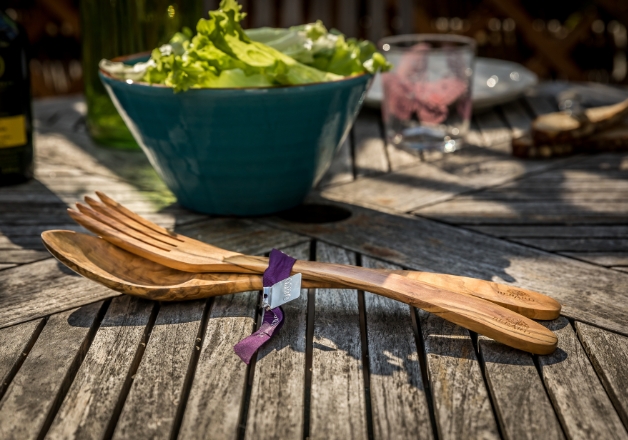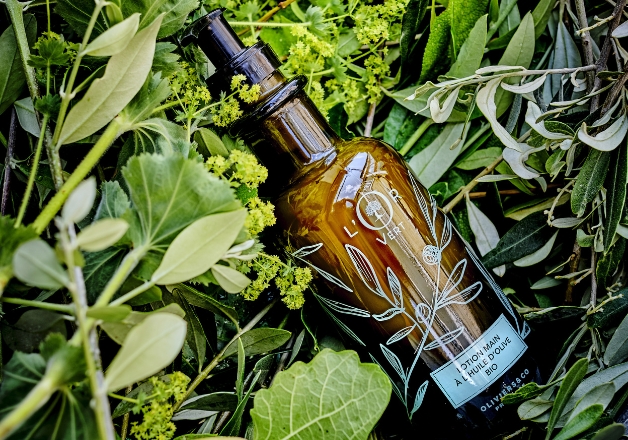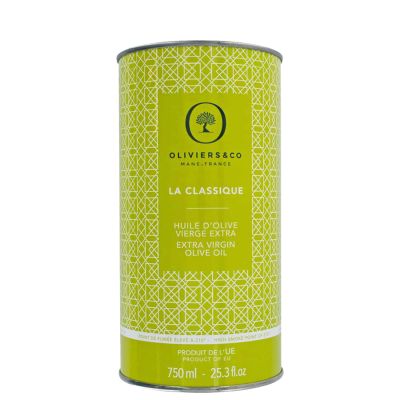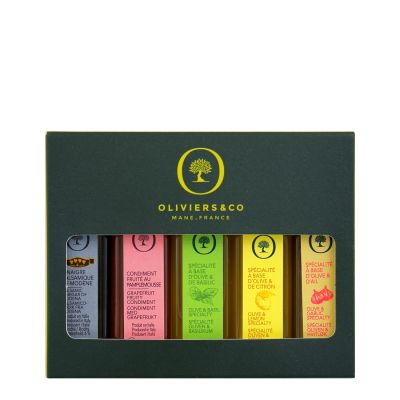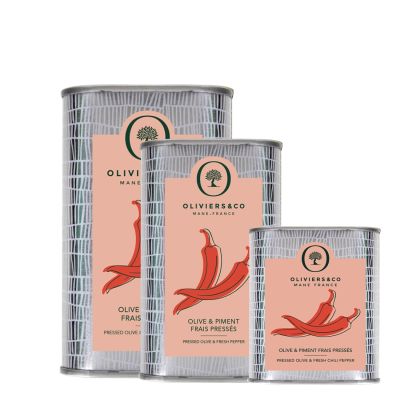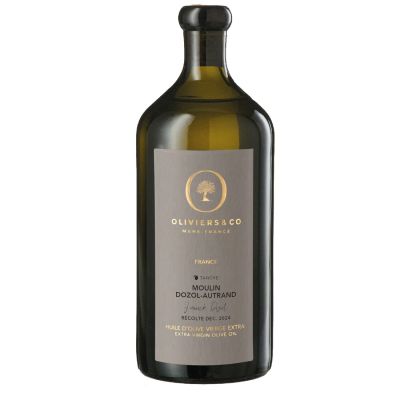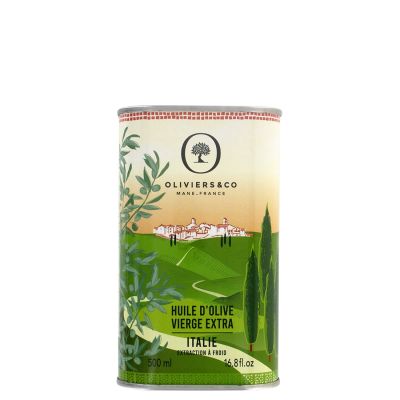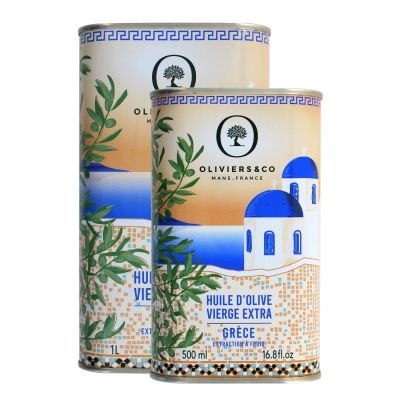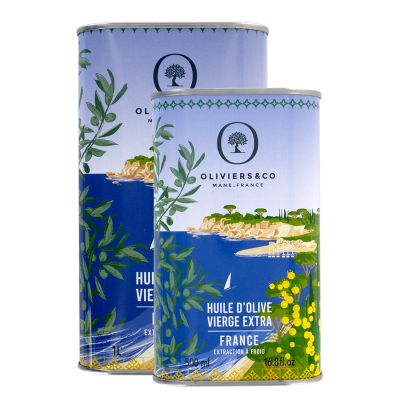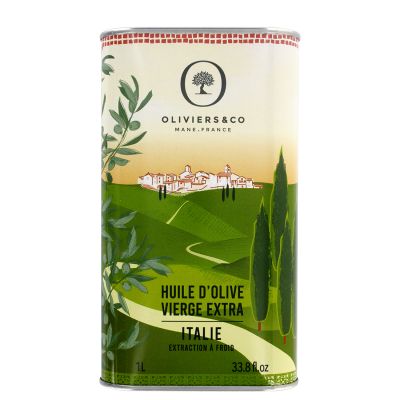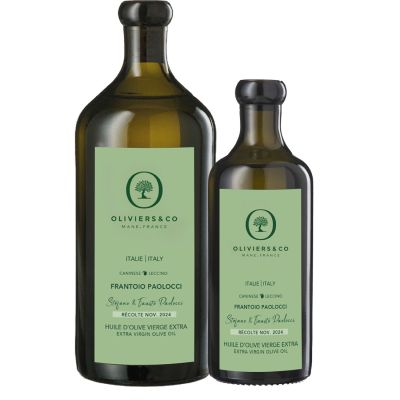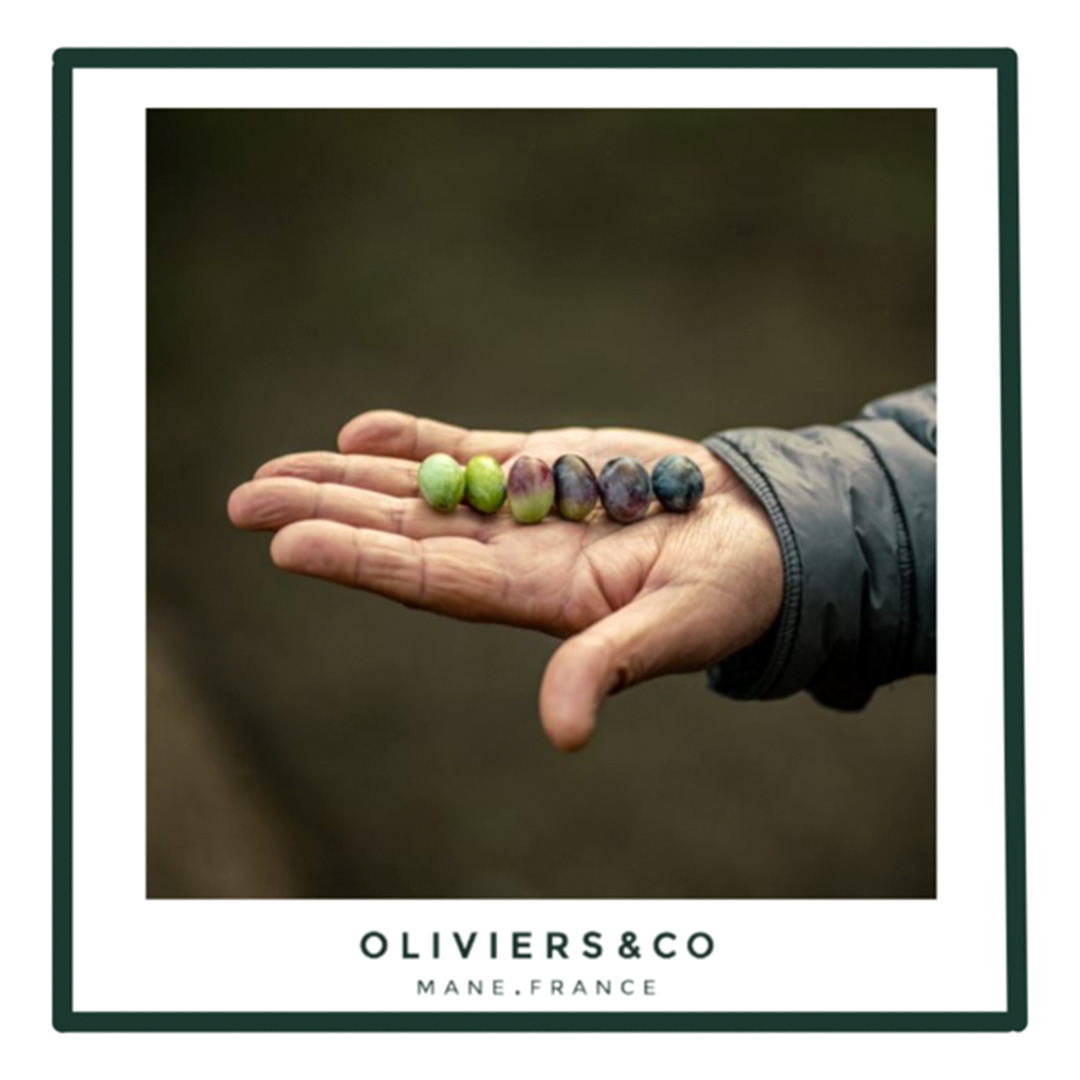

Are Olives a vegetable or fruit?
Much like the tomato, olives walk the fine line between being both a vegetable and a fruit. Technically speaking, they are a fruit as they contain a seed and grow from the flower of a plant. However, its savory taste means that often people will refer it to as a vegetable, for it would rarely be used in any form of sweet cooking.
They belong to a family of fruit known as drupes, these are fruits that have one large stone – other examples would be a mango or avocado. So even though it is categorically fruit you would be most likely to find it under the vegetable section in a supermarket.
Green and black olives
Another surprising fact about olives is that the only difference between a green and black olive is that one has been picked earlier than the other. All olives will start off green and the longer they are left on the tree to ripen the blacker in color they become.
Green olives are picked earlier on in the harvest, these are the kind of olives that would be used to make a ‘grassier’ tasting olive oil, such as our Extraverte Olive Oil for example. Black olives will have a much softer texture compared to the firmer one of green olives, the black olives will also have a rich taste whereas the green will be slightly nuttier and perhaps saltier in taste.


LEARN MORE ABOUT OUR OLIVE OIL SELECTION
Different types of Olives
So now that we’ve dispelled the myth of there being a green or black variety of olives, let’s have a look at the actual differences between the varieties of olives.
> Kalamata Olive: Perhaps the most staple and most famous variety amongst the olives. This variety comes from Greece and is easily identifiable with its deep purple color and large almond-like shape.
Origin: Peloponnese, southern Greece
Flavor: Fruity with a slight smokiness to it
Best Served: In a Greek salad, as a tapenade, simply by itself.
> Castelvetrano/Nocellara Olive: Another popular variety from Italy is the Castelvetrano, sometimes referred to as the Nocellara del Belice. This is the opposite of the Kalamata and stands out with a uniquely bright green color.
Origin: Sicily, Italy
Flavor: Buttery-sweet with a mild yet crisp flavor
Best Served: Alongside a cheese platter, Roasted with olive oil in a feta cheese salad
> Manzanilla Olive: If you have ever bought a green olive from the supermarket, it is more than likely it was manzanilla. Another that is green in color, this is one of Spain’s most famous olive varieties.
Origin: Andalusia, Spain
Flavor: This Spanish-style olive is characterized by the fineness of its pulp and its exceptional organoleptic characteristics.
Best Served: Stuffed with pimento, Dirty martini, by itself
> Picual Olive: With a high oil concentration of 20-27% these olives are often used in the production of many Spanish olive oils and are one of the most cultivated varieties in Spain.
Origin: Southern Spain; common in Jaén
Flavor: Fruity flavor with hints of almond and a green apple aroma
Best Served: As an Olive oil, either as a dressing for a salad or simply with some fresh bread
> Niçoise Olive: It can be easy to overlook the French when it comes to olives, however when looking at French cuisine this small & black olive is not one to be overlooked with an assertive and delicious flavor.
Origin: Alpes-Maritimes, southeast France
Flavor: Pleasantly bitter, with notes of almonds and hazelnuts.
Best Served: Niçoise salad, topping on your pizza
> Leccino Olive: Originally from Italy the Leccino olive has now become one of the most popular when it comes to olive oil cultivation. With a distinctive light brown hazelnut color.
Origin: Tuscany, Italy
Flavor: Perfectly balanced between sweetness and a spicier bitter taste
Best Served: As an Olive oil, drizzled over a bruschetta
> Cobrancosa Olive: A popular variety in Portuguese olive cultivation and is accounted for making some of the highest quality Portuguese oils.
Origin: Nothern Portugal
Flavor: Light & fruity with a hint of spiciness
Best Served: As an olive oil, or as a snack alongside a glass of wine
> Frantoio Olive: Another classic from Italy, with its name that literally translates to 'olive mill' these olives are the perfect variety for olive oil production and are robust enough to grow in milder conditions
Origin: Tuscany, Italy
Flavor: Lightly spicy and savory, with an aftertaste of almonds and herbs
Best Served: As olive oil, simply with some fresh sourdough bread
FIND YOUR PERFECT OLIVE OIL HERE
Source List: Serious EatsNutrition Advance Brightland

